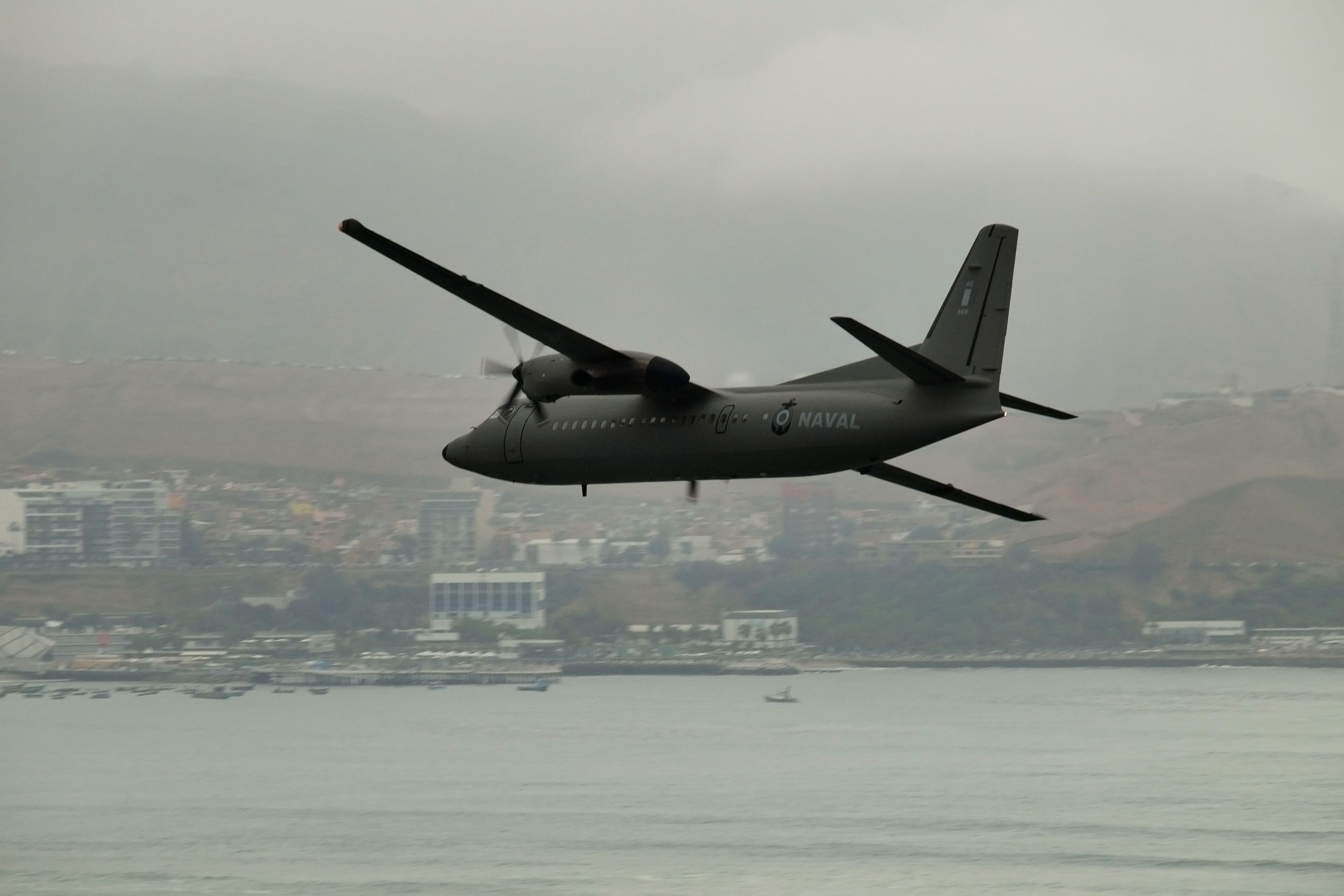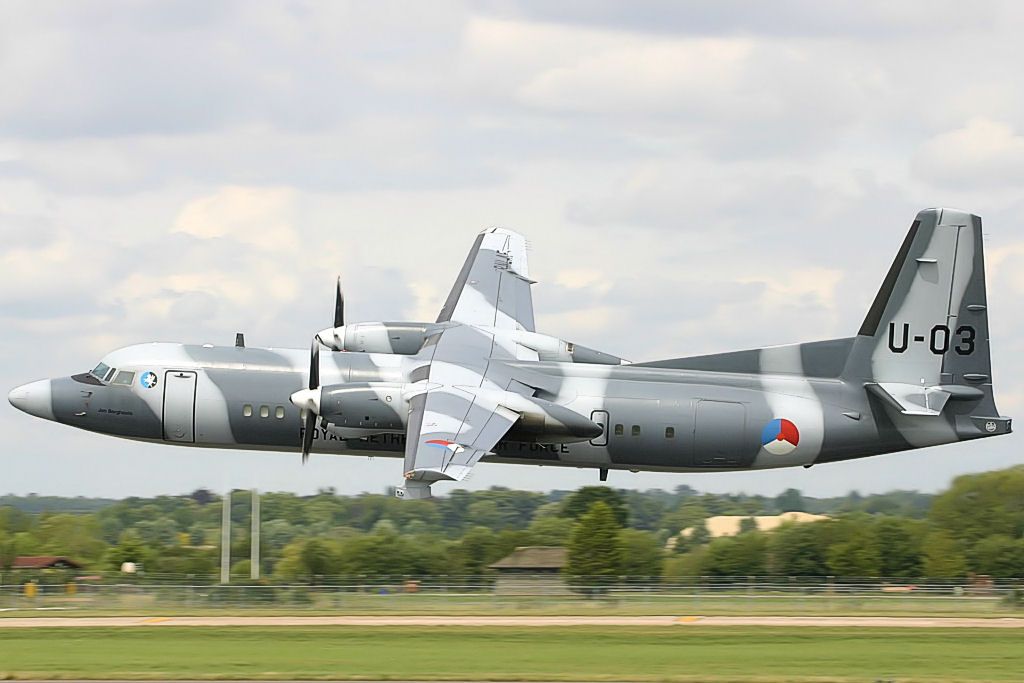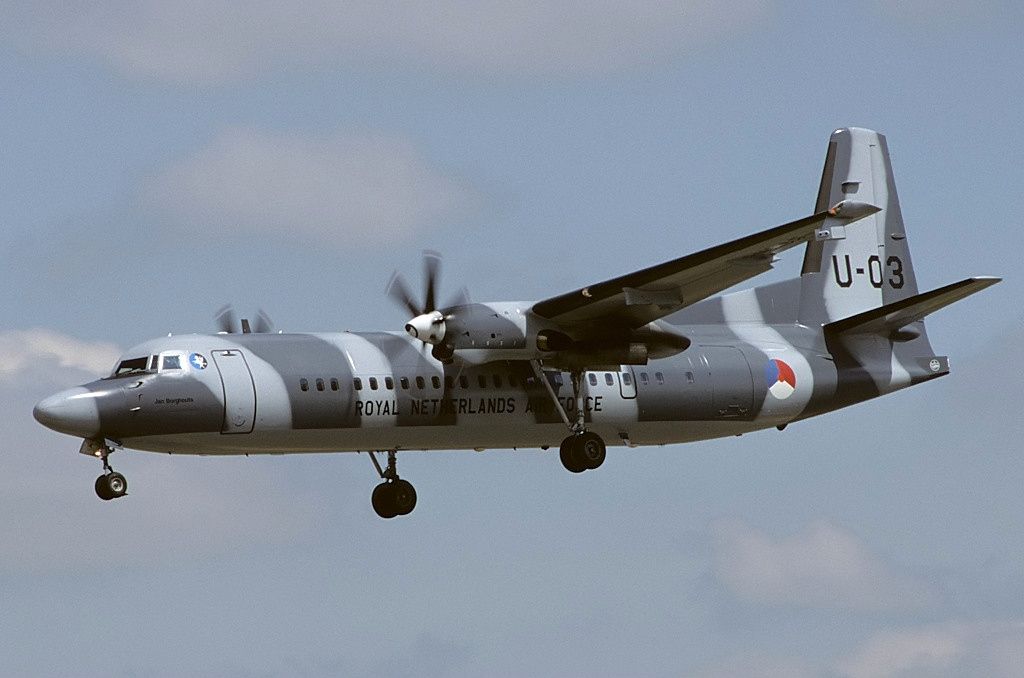The Fokker 50 was a turboprop airliner produced in the 1980s and 1990s, selling over 200 units in the process. The manufacturer developed it as an improvement of its earlier F27 'Friendship' model. However, did you know that Fokker also built a stretched version, known as the Fokker 60? Let's examine the story of this rare design.
How did the variants differ?
The Dutch manufacturer designed its Fokker 50 model to be 25.25 meters long, with a capacity of between 46 and 56 passengers depending on the seat configuration. This represented a similar setup to its predecessor, the F27. However, it benefitted from improvements that modernized the design by reducing its fuel use.
When it came to these next-generation Dutch-built turboprops, the larger Fokker 60 differed from the standard model primarily in terms of its size. Overall, it was 1.62 meters longer, clocking in at 26.87 meters in length. Proportionally, this represented an increase of around 6.4% compared to the normal Fokker 50.
In terms of where the extra length could be found, 1.02 meters of the stretch took place in front of the wings. Meanwhile, the remaining 80 cm stretch was applied to the fuselage behind its wings. The Fokker 60 was also heavier than the Fokker 50, and featured a supplementary cargo door just behind the cockpit on the right-hand side. This aligned with its planned use as a freighter version of the Fokker 50.
Initially flown by the Dutch military
According to data from ch-aviation.com, Fokker ultimately produced just four examples of the Fokker 60. It had plans to build around another 60, but the company's bankruptcy prevented these from being completed. Of the four that did make it into the skies, every example began life at the Royal Netherlands Air Force.
Bearing the registrations U-01 through to U-04, these stretched turboprops joined the Dutch military in June and July of 1996. Based in Eindhoven and flying for the Royal Netherlands Air Force's 334 Squadron, their primary duties involved the transportation of military equipment and service personnel, as well as paradrop missions.
However, two examples (U-01 and U-03) found themselves doing something different in the mid-2000s. At this point, they were converted to maritime patrol aircraft following the Royal Netherlands Navy's retirement of the Lockheed P-3 'Orion.' They left the Dutch military in February 2008, just over a year after U-02 and U-04.
Stay informed: Sign up for our daily and weekly aviation news digests.
Now active in Peru
After the Royal Netherlands Air Force opted to phase out its four Fokker 60s in favor of a pair of Lockheed C-103s, it stored them at Woensdrecht Air Base. The Dutch military then sold the aircraft to the Peruvian Navy, with the first pair making the journey to South America in February 2010. The other two followed in December.
These aircraft now bear the registrations AE563 through to AE566, and remain active today aged between 25.75 and 26.39 years old. Interestingly, the Peruvian Navy also has a pair of Fokker 50s in its fleet, with an average age of 29 years old. However, unlike the Fokker 60s, ch-aviation's data lists these as being inactive.
What do you make of the Fokker 60? Have you ever seen one of these rare turboprops in action? Let us know your thoughts and experiences in the comments!



